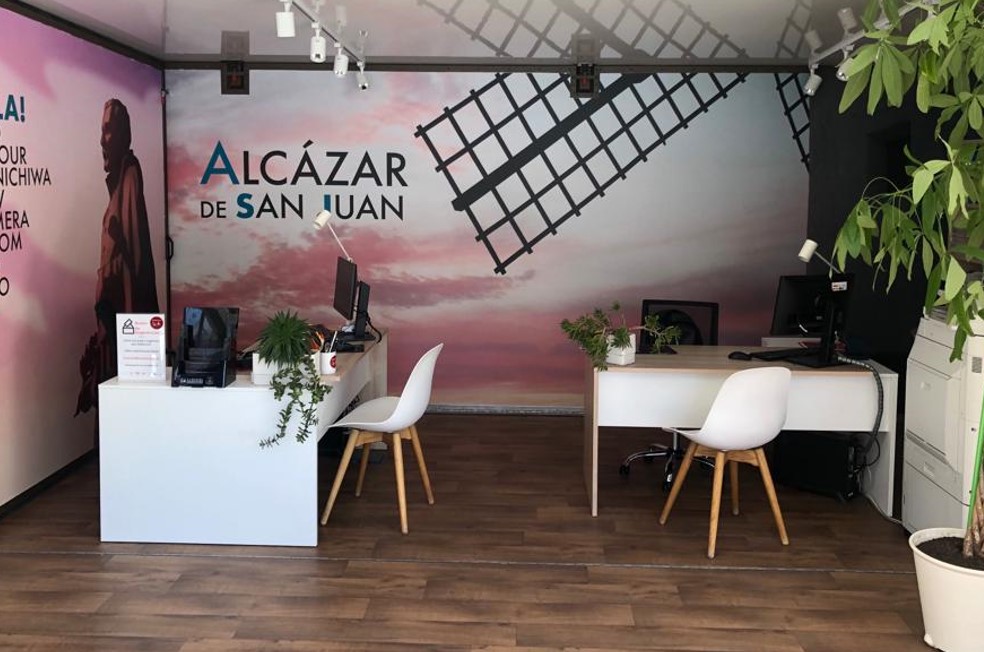The building that currently houses the Casa de Cultura, began to be built on January 29, 1922, in a solemn act where the Spanish Railway Association, the former owner, laid the first stone. It was intended to be a school, a meeting place and a shelter for railway orphans, a fact that took place with its constitution on October 14, 1923, being this building the third in Spain to be built with these characteristics. In 2023, this building, popularly known as “La Ferroviaria”, will celebrate its centenary.
After many vicissitudes, always maintaining the educational activity, in the eighties it was acquired by the City Council of Alcazar de San Juan to turn it into a meeting and training space to promote and encourage artistic and cultural values in the city.
Show more content
It is currently the headquarters of the Patronato Municipal de Cultura, an autonomous body of the City Council that manages public cultural services. Divided into three floors, it houses the Miguel de Cervantes Municipal Library, the Municipal Historical Archive, the Popular University, Mancha Centro Television and, in an adjacent building, the Emilio Gavira Theater.
Emilio Gavira Theater
.
On the first floor is the concierge’s office, which first attends to the users. The children’s and young people’s rooms and the adults’ room of the library, where in addition to the lending service of books, audiovisuals or press, multiple activities are held (workshops, presentations of publications, colloquium talks, or literary meetings). And a corridor converted into an exhibition space.
On the second floor are the secretary’s offices, where administrative procedures are carried out as required. There are also the offices of the management, the area of cultural promotion, classrooms of the Popular University (Engraving, Painting, Ceramics, Theater or Local History), cultural management area (programming of shows, exhibitions, … contests). It is completed with the facilities of the Municipal Historical Archive, the Luisa Alberca Lorente multipurpose hall, the corridors or galleries -exhibition spaces- and the deposit of publications of the Patronato Municipal de Cultura.





